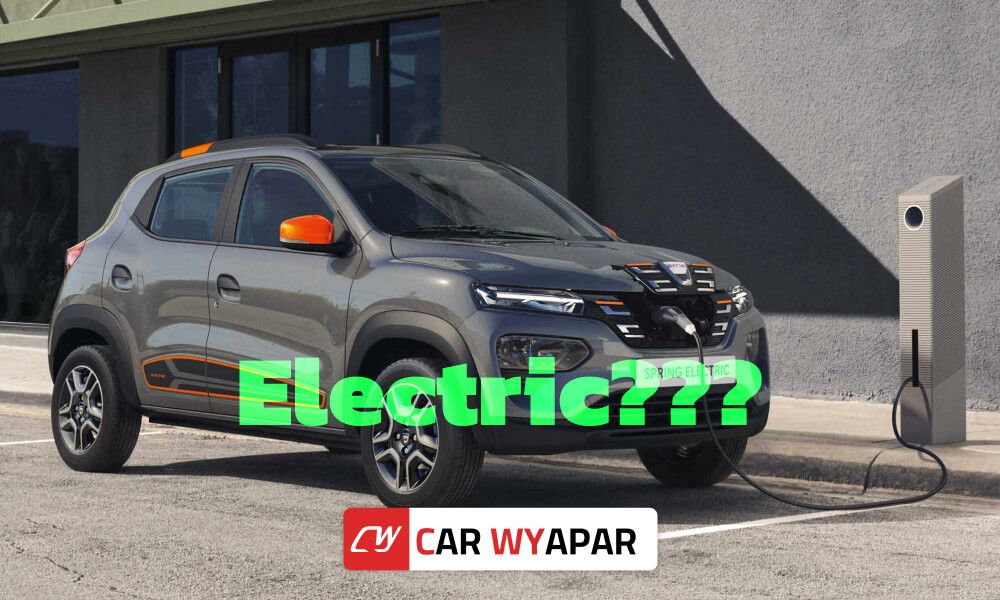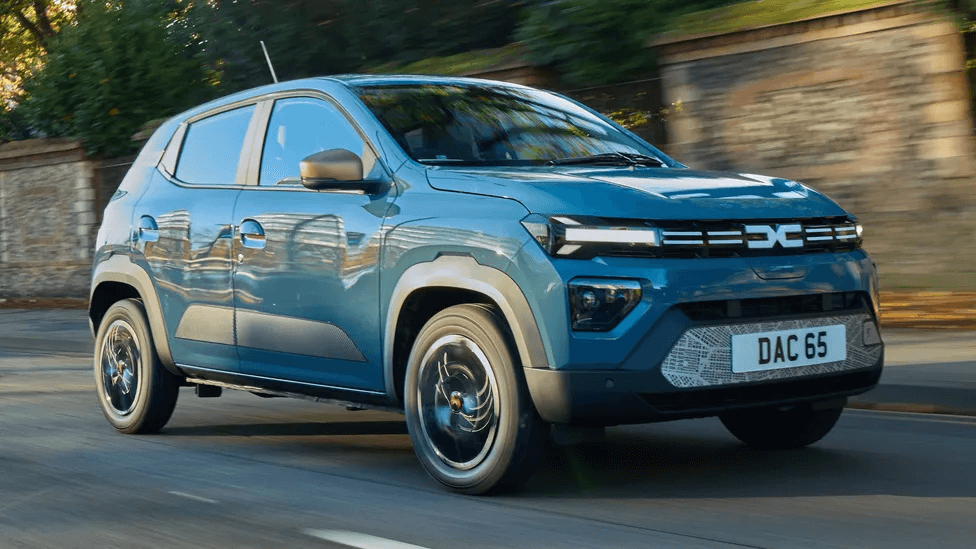Renault's EV answer to India: Renault Electric aka rebadged Dacia Spring
Published On 6/12/2024, 8:03:32 pm Author Rahul TanejaThe electric vehicle (EV) market in India is booming, with various automakers eyeing the segment for budget-friendly, compact EVs. Among these potential game-changers, the Renault Kwid Electric is expected to make waves, offering a fresh alternative to the likes of the Tata Tiago EV and Citroën EC3. With the growing interest in affordable EVs, the question arises: will the Kwid Electric be Renault’s answer to India’s electric vehicle demand?

Renault’s Kwid Electric is expected to be priced competitively in India, with speculations around the Renault Kwid electric car price in India ranging from ₹7-10 lakh. This pricing could make it an attractive proposition for first-time EV buyers, especially when compared to the Tata Tiago EV and Citroën EC3, which are also positioned in the affordable electric car segment.
What sets the Kwid Electric apart is its compact and efficient design, making it an ideal option for urban commuters. The small footprint and the potential to offer an impressive mileage—similar to what we’ve seen with some European small EVs—make the Kwid Electric a practical choice for city driving. While Kwid electric car mileage figures aren’t confirmed yet, we can expect it to compete well with the Tiago EV’s 250+ km range on a single charge.
Will the Kwid Electric Live Up to Its Global Sibling?
 In international markets, Renault's Dacia Spring, a small electric crossover, has been the affordable EV icon in Europe, offering a no-frills driving experience with a compact battery and an attractive price point. Though the Dacia Spring has a small 26.8kWh battery, it punches above its weight with an efficient 6.7 miles per kWh mileage, and a WLTP range of around 140 miles (225 km). While the Kwid Electric’s range might be shorter compared to the more robust Tiago EV and EC3, its pricing could be the key factor in swaying buyers.
In international markets, Renault's Dacia Spring, a small electric crossover, has been the affordable EV icon in Europe, offering a no-frills driving experience with a compact battery and an attractive price point. Though the Dacia Spring has a small 26.8kWh battery, it punches above its weight with an efficient 6.7 miles per kWh mileage, and a WLTP range of around 140 miles (225 km). While the Kwid Electric’s range might be shorter compared to the more robust Tiago EV and EC3, its pricing could be the key factor in swaying buyers.
Competing with Tata Tiago EV and Citroën EC3
Now, let’s compare the Kwid Electric to India’s existing EVs—Tata Tiago EV and Citroën EC3. Both these cars have been well-received due to their affordable pricing and impressive driving range. The Tiago EV offers a range of up to 250 km, while the EC3 is expected to offer a range of around 300 km. Both cars come with larger batteries, but this also means they are slightly bigger and more expensive than the Kwid Electric will be.
The Kwid Electric, with its compact size, would likely target a different audience—those looking for an entry-level EV, suited for shorter commutes and city driving. It could be the perfect choice for those who don’t need long-range driving capabilities but still want the convenience and eco-friendliness of an electric car, without the odd looks of something like the MG Comet.
The Kwid Electric’s compact design is likely to appeal to people who prefer a practical, more conventional-looking EV—one that fits seamlessly into daily life without compromising on style or functionality. It's for those who want the efficiency of an EV but don't mind sacrificing the ultra-long-range or larger car feel for something more affordable, compact, and ideal for navigating through the traffic of India’s crowded cities.
















